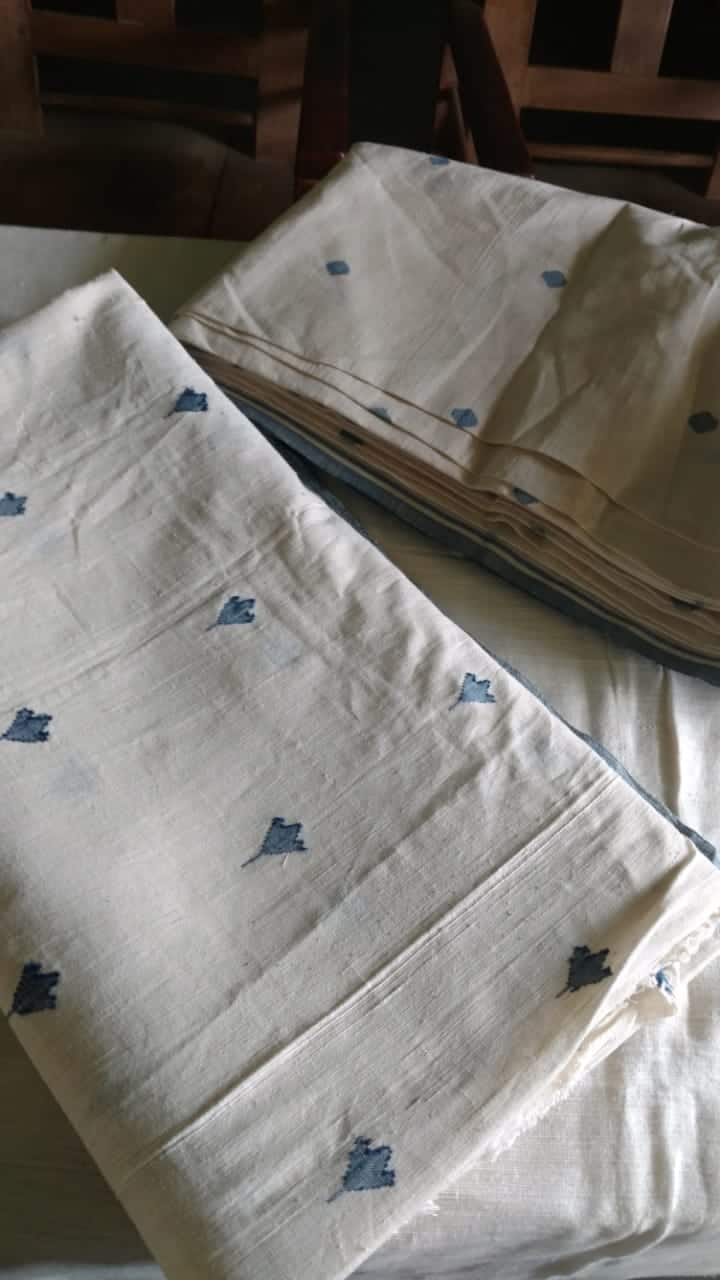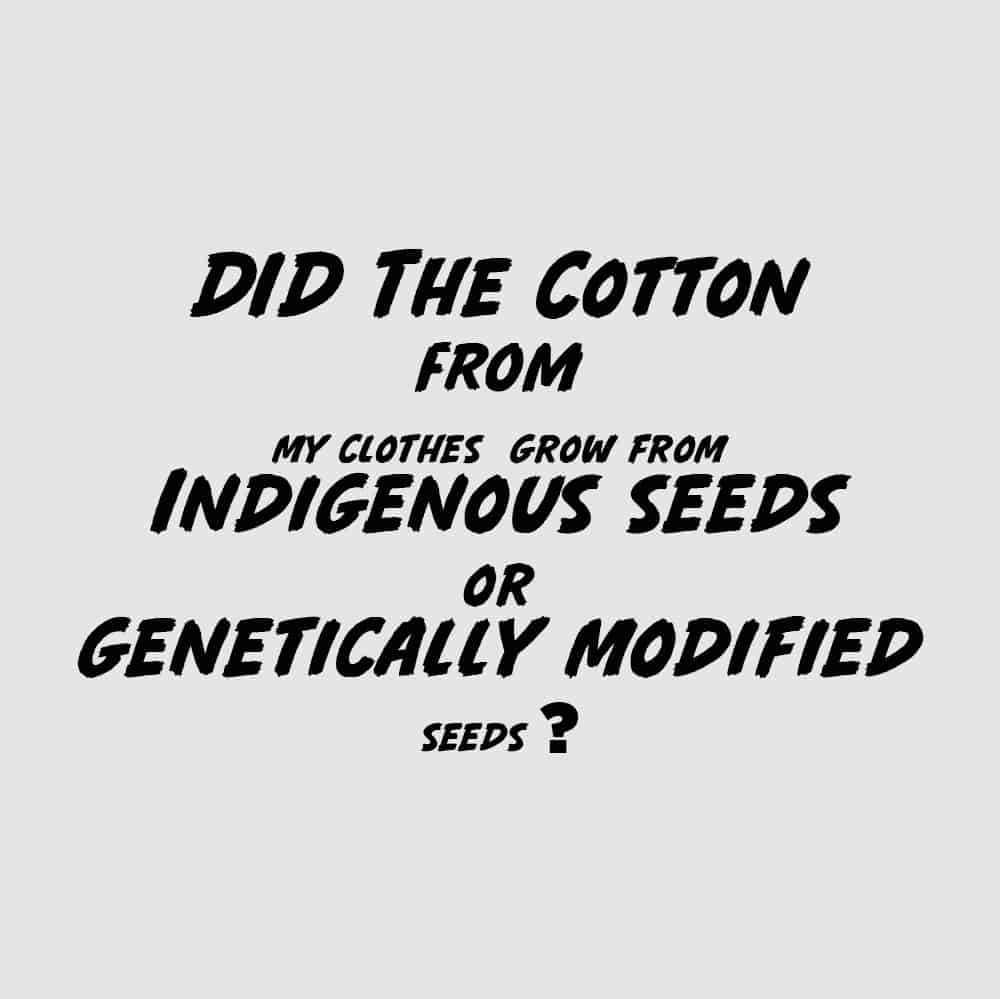21 Oct What is Earth Democracy, Living Soil, Regenerative Farming and GMOs
Posted at 00:45h in Cotton Series, Earth Democracy, Farming, History, Sustainability, Technology 0 Comments
[vc_row css_animation="" row_type="row" use_row_as_full_screen_section="no" type="full_width" angled_section="no" text_align="left" background_image_as_pattern="without_pattern" css=".vc_custom_1634756508566{padding-right: 15px !important;}" z_index=""][vc_column offset="vc_col-xs-12"][vc_column_text]Earth Democracy: This month, I found my life coming a full circle after I took a little break from the day-to-day research work of our textile craft company Marasim. I invested my time into studying a course 'Return to Earth: A-Z of biodiversity, agroecology, and regenerative organic systems' with the Earth University by Navdanya foundation under the tutelage of Dr. Vandana Shiva ( A global impact leader on Climate Change, farmers rights, organic farming, biopiracy and a lot more.) 








